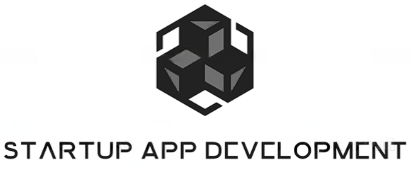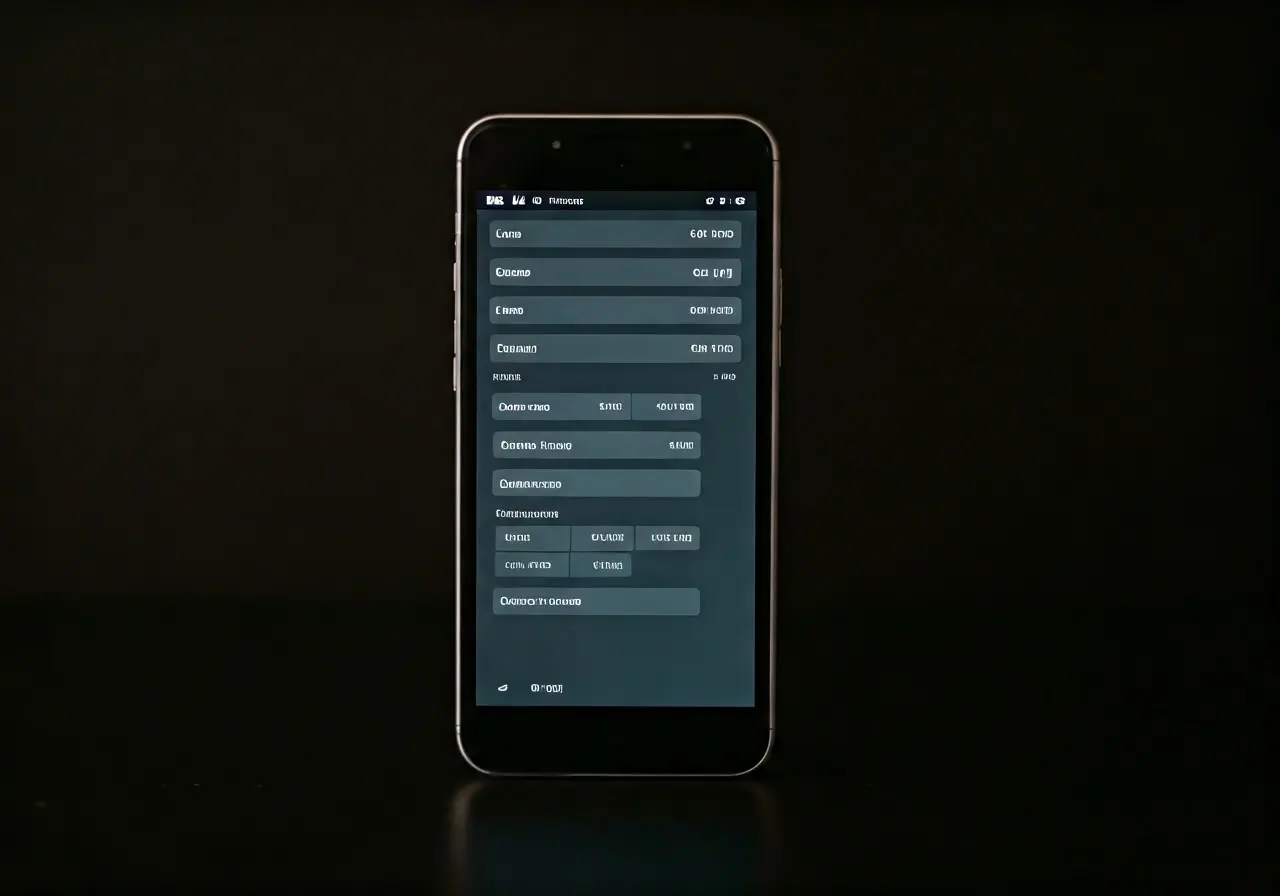In the fast-paced world of app development, ensuring your product is flawless before its release is crucial. Initial testing is a pivotal phase that can make or break your app’s success. In this blog, we’ll explore effective strategies designed to simplify and enhance the initial testing process, making it more efficient and less stressful for developers.
1. Understanding the Importance of Initial Testing
Initial testing is the bedrock of successful app creation. It provides invaluable insights into how your app performs under various conditions, allowing you to address potential issues early in the development process. Conducting these preliminary checks sets the stage for a smoother and more robust application rollout. You significantly reduce the risk of post-launch bugs and user experience hiccups by taking the time to properly test your app in its formative stages.
The importance of initial testing can’t be overstated, especially when considering long-term success. As apps become more complex, continuous oversight becomes essential to manage quality assurance without hindering creativity. By identifying core issues early, developers have the opportunity to implement targeted solutions, which, in turn, creates a more stable and user-friendly application. In light of this, it’s clear that incorporating initial testing into the workflow is not just beneficial but necessary to maintain a competitive edge in app development.
2. Establishing Clear Testing Objectives
Before diving into testing, it’s essential to set clear objectives. This helps in measuring success and ensures that all necessary aspects of the app are thoroughly evaluated. Formulating these objectives requires a detailed understanding of your app’s primary functions and intended user experience. Establishing a baseline performance expectation allows developers to pinpoint areas that require rigorous examination.
Testing objectives should be specific, measurable, achievable, relevant, and time-bound (SMART). This strategy ensures that the testing process is conducted systematically and yields meaningful insights. Thoughtful planning in this way promotes accountability and keeps the development team aligned with the app’s ultimate goals. Moreover, encouraging collaboration among team members facilitates a shared commitment to achieving these objectives.
Integrating a thorough initial testing plan with defined objectives, as discussed in our guide on how testing improves app performance, ensures that both the process and the outcomes are geared towards success. By adhering to these guidelines, you create a robust framework for evaluating every critical element of your app.
3. Choosing the Right Testing Tools
The right tools can make a significant difference in the efficiency of your testing process. Explore different options available, and select those that align with your app’s specific needs. With a vast array of tools in the market, it’s imperative to go beyond mere functionality and consider factors such as ease of integration, scalability, and cost-effectiveness. This assessment will help in selecting tools that not only execute tests but also streamline team collaboration and reporting.
One approach to evaluating tools is through the application of A/B testing, which allows you to compare different testing environments to determine which one supports your objectives best. By leveraging A/B testing insights, developers can optimize their testing framework and maximize their resources’ effectiveness. It is essential to balance technological capabilities with your team’s familiarity and expertise in the tools employed.
Additionally, modern testing environments often incorporate automation tools for improved testing agility and accuracy. By automating repetitive and time-consuming tasks, developers free up significant bandwidth for creative problem-solving and app innovation. This efficiency allows for higher-quality app development cycles, accelerating time-to-market and reducing developer burnout.
4. Creating a Comprehensive Testing Plan
A well-structured testing plan is key to a streamlined process. It outlines the scope, resources, and timeline, ensuring that everyone involved is on the same page. Preparing a testing blueprint helps synchronize the team’s efforts with an established course of action, determining specific tasks, goals, and deliverables for each phase of development. This mitigiates risks and allows discrepancies to be addressed upfront thereby saving on costs.
Effective testing plans also prioritize flexibility, allowing adjustments based on feedback captured throughout initial testing phases. By incorporating agile methodologies, teams can maintain dynamic and responsive testing environments that adapt seamlessly to changes or unforeseen challenges encountered along the way. Embracing agility in your testing strategy bolsters adaptability, ensuring that your app remains resilient and continues to evolve with user demands.
For an in-depth look at avoiding typical development pitfalls, check out our article on avoiding common pitfalls. This ensures a coherent approach to test planning which serves as a blueprint for resource allocation and key performance indicators necessary for achieving testing success.
5. Automating Testing Processes
Automation can tremendously improve the speed and accuracy of initial testing. Learn how to integrate automated tests to save time and reduce human error. Automated testing tools offer granular control, enabling rapid testing iterations with increased coverage. By offloading repetitive test cases to automation, developers can focus on refining app features, enhancing user experience, and driving creative innovation—all while reducing manual effort.
Implementing automated processes early on in development is crucial for creating a sustainable work environment. It provides consistency, prevents regression issues, and streamlines test execution, ensuring efficiency without sacrificing thoroughness. Through iterations, this approach enhances the repeatability of tests and supports long-term reliability by making test processes more efficient and reducing room for human error in data collection or analysis.
6. Implementing Real User Feedback
Early feedback from real users can highlight aspects that might not surface in controlled testing environments. Encourage user participation to gather meaningful insights. Actively engaging with users ensures you capture authentic insights about pain points and preferences objectively. By weaving this information into decision-making processes, you ensure that your app resonates with real-world users rather than aligning solely with theoretical constructs.
This process of collecting real user feedback is greatly enhanced when conducted alongside careful user engagement strategies such as usability testing sessions, interviews, and surveys. These engagements provide valuable context beyond quantitative metrics, helping developers design intuitive, user-centered apps. Whether you’re fine-tuning user interfaces or refining app functionalities, real feedback propels your app towards excellence.
7. Continuously Monitoring and Adjusting Testing Strategies
Testing is not a one-time process. Continuous monitoring and adjustments ensure that new issues are swiftly addressed, keeping the app aligned with user expectations. Such a regime of ongoing optimization allows developers to maintain the operational integrity of their apps across updates and iterations, adapting to the evolving landscape of user needs. This approach defends against obsolescence and empowers developers to provide sustained value.
Regular analysis of testing outcomes can reveal trends that inform future updates or advanced feature rollouts. By keeping a finger on the pulse of app performance and development trends, developers ensure that their offerings remain sharp amidst dynamic technological shifts. Moreover, a proactive stance on adjustments enables swift, calculated modifications, optimizing user engagement and satisfaction at every turn.
8. Emphasizing Collaborative Testing Efforts
Involving diverse team members in testing can bring fresh perspectives and uncover hidden issues. Foster a collaborative environment for a more thorough testing process. When teams consolidate their varied expertise and insights, they unearth discoveries that might elude a less integrated approach. Such synergy translates into comprehensive evaluations and robust solutions that address diverse user scenarios effectively.
Collaboration helps reinforce a culture of continuous improvement and collective accountability, empowering teams to innovate with confidence. Cross-department cooperation enhances creativity and productivity, turning collaboration into a strategic asset and enabling teams to act quickly and effectively. As a result, incorporating teamwork into test processes catalyzes innovation and elevates outcomes to new heights.


